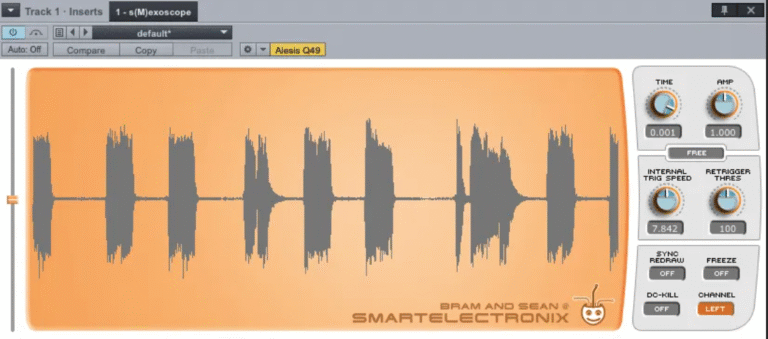Since the dawn of the digital audio revolution, engineers worldwide have been striving to replicate the sound of analog summing within the box (ITB). Many top engineers add an analog hardware console or summing mixer to their setup, routing multitrack audio from the DAW to the analog device and back again to achieve the analog summing coloration. Waves has created this plugin aiming to recreate the perceived depth and image that occur when summing in analog. The non-linearity of this summing is the result of subtle differences in frequency response, harmonic distortion, and noise between channels. The computer processor plays a significant role in summing audio signals within a Digital Audio Workstation (DAW).
Jaycen Joshua admits that for many engineers, mixing in analog is the preferred choice. This is because when passing through the mixer channels, each channel imparts its own frequency response, and each equalizer is not exactly the same as the others, resulting in greater harmonics and depth that cannot be achieved by mixing in the box. However, there is an alternative to this issue: using multiple instances of the NLS plugin on the drum bus effectively emulates an analog console where the stems pass through.
Discover all of Jaycen Joshua’s videos on : https://mwtm.com/masters/jaycen-joshua
Here’s the section broken down into steps:
- Set up the main track (C Drums M):
- On the C Drums M master track, add four instances of the NLS Bus plugin in the post-fader insert section.
- Adjust each instance with unique settings to emulate analog summing.
- Add equalization:
- Follow the NLS instances with a FabFilter Pro-Q3 to fine-tune the frequency balance.
- Apply additional NLS processing:
- After the Pro-Q3, add another set of four NLS Bus inserts in series to further shape the sound.
- Integrate dynamic processing:
- Insert an expander gate after the second set of NLS plugins to manage dynamics.
- Route individual drum tracks:
- Send all individual drum channels to an internal Pro Tools bus named C DRUMS.
- Assign C DRUMS as both the output for the C Drums M track and the input for the Stereo C Drums aux track.
- Process the Stereo C Drums aux track:
- Add the following plugins in sequence:
- Waves RBass for enhancing low frequencies.
- UAD-2 Shadow Hills Compressor for compression.
- Pro Tools expander gate for additional dynamics control.
- BlackBoxAnalog for harmonic saturation.
- FabFilter Pro-Q for final tonal adjustments.
- Add the following plugins in sequence:
- Set peak level:
- Ensure the peak level on the drums is set to -1 dB to maintain proper gain structure and avoid clipping.
By following these steps, Joshua ensures clarity and headroom for the drums, which are crucial for a clean and balanced mix.
There are several alternatives for the NLS available, with Slate Digital VCC being the most comparable in terms of features and console models. It even simulates crosstalk between bus channels. When compared to Waves NLS, in my opinion, Slate VCC performs better in the low-end department but tends to narrow the stereo panorama just outside the phantom center. However, some might interpret this as a focusing of the center signal. Another noteworthy plugin worth trying is Sonimus Satson, priced at $39, which can effectively blend a mix together almost as well as an analog summing box. Additionally, Sknote Stripbus, Airwindows Console2, and Nebula3 with its console libraries are other intriguing plugins that serve a similar purpose.
Absolutely, it’s important to keep an open mind in the world of audio engineering. The Jaycen Joshua NLS Technique, like many other techniques, can spark discussions and differing opinions. It’s true that there’s no magic formula that works perfectly for every music genre or situation. Each song, each mix has its unique needs, and what works well for one may not work as well for another. That’s why it’s essential to be familiar with a variety of techniques and tools and, most importantly, to develop the ability to adapt and customize the approach according to the circumstances. Experience and a deep understanding of audio fundamentals are crucial for achieving optimal results. So yes, every situation calls for a unique approach. It’s important to be flexible, experiment, and find what works best for the specific project you’re working on.




